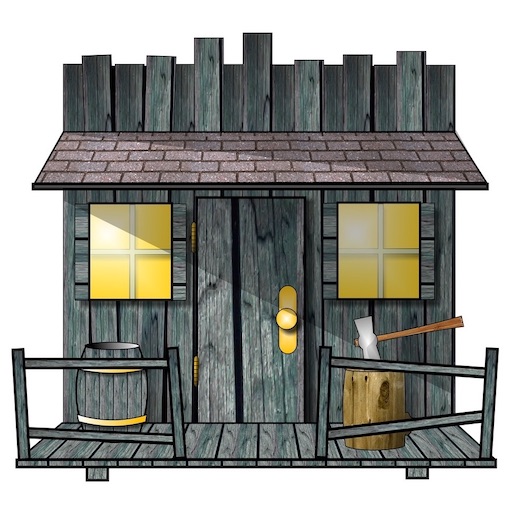Back in 2001 I wrote up some notes about Ilipa (206 BC) based on articles in Slingshot by John Gerson (Gerson, 1983). The notes aren’t specific to any rules but I was thinking of using them for Field of Glory.
Historical Situation
Setting: Rise of Rome: Roman v. Carthaginian; Ilipa, River Guadalquivir, Spain; 206 BC
The only approach to Carthaginian territory from the east was along the River Guadalquivir. Hasdrubal Gisgo camped west of the river near the port of Ilipa to block the route.
Timeline 206 BC
- Mid Mar: Scipio leaves Tarraco with four legions.
- Late Mar: Hasdrubal Cisgo camps near Ilipa.
- Mid Apr: Pro-praetor M. Junius Silanus joins Scipio with Culcha’s Spanish.
- Late Apr: Scipio arrives near Ilipa.
- 1st week may: Battle of Ilipa.
Order of Battle
Hasdrubal’s army:
- 20,000 African Foot
- 50,000 Turdetani Levy (Prince Attentes)
- 3,000 Numidian Cavalry (Masinissa)
- 1,500 Spanish and Poeni Cavalry (Mago Barca)
Scipio’s army
- Romans and Latin Allies
- Comprising
- 20,000 Foot
- 2,500 Horse
- Organised into
- 2 Roman Legions
- 1 Umbrian Legion
- 1 Campanian Legion
- Comprising
- Spanish contingents
- Comprising
- 25,000 Spanish Foot
- 500 Spanish Horse
- Formed from various contingents.
- The largest contingent was provided by Culchas
- 3,000 Spanish Foot
- 500 Spanish Horse
- Comprising
Deployment
The two armies encamped 4 km from each other across a treeless valley. The Carthaginian camp was higher and had wooded slopes behind. Each day the two armies drew up in front of their camp in order of battle. Both armies deployed with the Spanish on each flank (this suggests two major Spanish commanders in both armies). Notice this has the Roman and African heavy infantry facing each other in the centre. The Spanish allies of the two protagonists are also facing each other.
|
Numidian Cavalry Elephants (Massinisa) |
Cavalry & Velites (Legate Gaius Laelius) |
|||
| Turdetani | Spanish | |||
| Camp |
Africans (Hamilcar Cisgo) |
Treeless Plain |
Legions (Scipio; Pro-Praetor M. Junius Silanus) |
Camp |
|
Turdetani (Prince Attentes?) |
Spanish | |||
|
Spanish & Poeni Cavalry Elephants (Mago Barca) |
Cavalry & Velites (Knight L. Marcius Septimus) |
On the day of battle Scipio deployed early and changed his deployment in one significant way. Breaking the pattern of previous days he put his legions on the wings instead of the Spanish.
|
Numidian Cavalry Elephants (Massinisa) |
Cavalry & Velites (Legate Gaius Laelius) |
|||
| Turdetani |
Legions (Scipio) |
|||
| Camp |
Africans (Hamilcar Cisgo) |
Treeless Plain | Spanish | Camp |
|
Turdetani (Prince Attentes?) |
Legions (Pro-Praetor M. Junius Silanus) |
|||
|
Spanish & Poeni Cavalry Elephants (Mago Barca) |
Cavalry & Velites (Knight L. Marcius Septimus) |
This deployment left the heavy infantry of both sides facing their weaker Spanish opponents.
References
Gerson, J. (1983; March). The Battle of Ilipa (206 BC) Part 1. Slingshot: The Journal of the Society of Ancients, 106, 2-4.
As his sources Gerson cites:
- Polybius
- Livy
- Appian “Spanish War”
- Zonaras “Epitome”
- Polyaenus “Stratagems”
- Frantinus “Stratagems”
- Silius Italicus “Punica”
Gerson, J. (1983; May). The Battle of Ilipa (206 BC) Part 2. Slingshot: The Journal of the Society of Ancients, 107, 18-20.

Thank You for the information